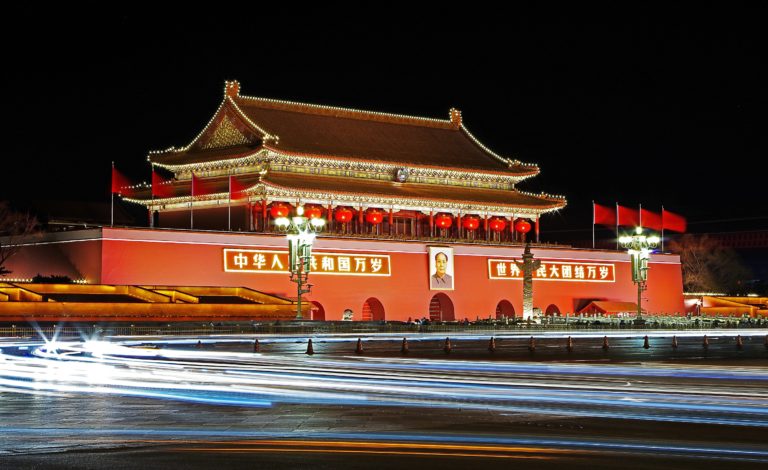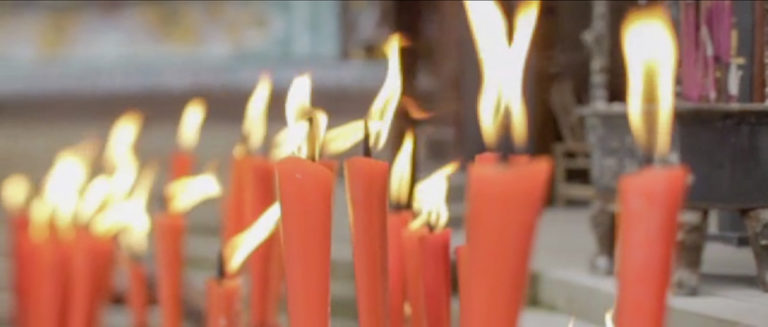I walked into the Minneapolis Institute of Arts one day way back in 1998 and saw this massive hunk of jade. It had been commissioned by Emperor Qianlong himself to be carved according to the ancient 4th century poem, “Prelude to the Orchid Pavilion,” by Wang Xi Zhi, one of China’s greatest calligraphers.
As soon as I saw it, I knew I was going to be taking a trip real soon….
Below is the transcription and a pic, check it out:

Front Inscription:
“Prelude to the Orchid Pavilion”
by Wang Xi Zhi, 4th century calligrapher
“In late spring of the ninth year of the Yung Ho reign (353 A. D.) a gathering was held at Lan T’ing, the Orchid pavilion, north of K’uai Chi mountain (in Chekiang Province). The meeting was held to clean and repair the honored graves and all the luminaries came. Young and old alike were gathered together. At this site were steep and magnificent mountains of lush forests and elegant bamboo.
Here, too, was a clear, rapid running stream, traversing the slope which could be used to float the wine cups.
We sat about the banks of this stream. Although lacking the joy of flute and string, a single cup and a single poem were sufficient to draw out the deepest emotions. On that day the sky was bright, the air was pure and the gentle wind a thing of tranquility. Gazing upward the vastness of the universe could be comprehended, downward one saw the varied abundance of things. All that the mind and eye conceived was best appreciated through the senses.
It was a delightful experience!
In this generation one is influenced by experiences within his own tiny environment, but one’s emotion comes from outside his material existence. Although there are ten thousand moods of fondness and dislike, and a difference between action and non-action, when a man feels joy he is content to know that that feeling may be confined to him alone. With this acceptance one will never notice the approach of old age.
When one is fatigued through thought the feeling is joy and that emotion will suddenly become a thing of the past. Still these are the things, which excite one’s emotions, and all achievements and failures are transformed and finally come to an end. The ancients stated that birth and death are great events.
Such pain!
In tracing the course of the emotion involves in building a grace I always feel grieved although I know that birth and death are illusions and that the (legendary) birth of Chi and the demise of Pong are untrue. Our concept of posterity is presently formulated and can be likened to our present view of the past.
A sad situation!
Therefore, I record and collate all the writings of my contemporaries. Although the occasion may change from this one and although the next generation may be different from this one, what touched one’s heart remains the same.
Posterity will be inspired by these verses.”
— Early in the late spring of the Chia Ch’en cycle (1784), copied by the Emperor Qianlong.
Rear Inscription:
Poem by Emperor Qianlong
“The mountain of jade of Huo T’ien (Chinese Turkestan) was large.
It was carved to represent a literary gathering.
Elders and youth alike comprised the meeting.
The calligraphy was originally fashioned late in the Yung Ho reign;
And the writing has been authenticated on numerous occasions since then.
It pleases me that this colophon is genuine.
One should ask in this picture,
Who could be considered to be the man of jade (an outstanding person)?”
— By imperial decree, the Chia Ch’en cycle of the Ch’ien Lung (Qianlong) reign (1784).







2 thoughts on “Why I came to China …”
the Yung Ho reign, huh
I took a calligraphy lesson at Mandarin Club this previous weekend. There was this esteemed calligrapher 老头 giving lessons, he was cool. My calligraphy sucks but I’m gonna fix up a table on my roof to pratice this summer.
sick jade sculpture brah
yeah that was one helluva rain ….